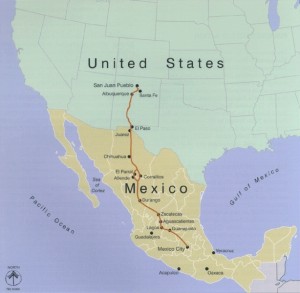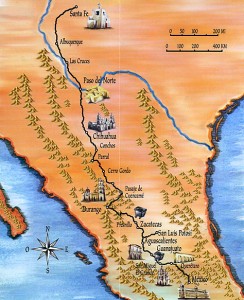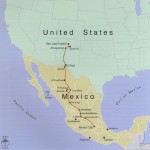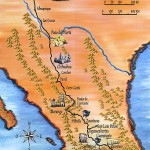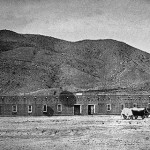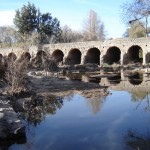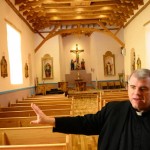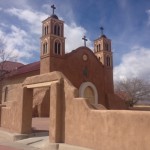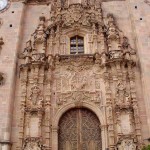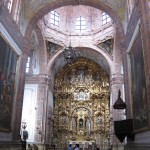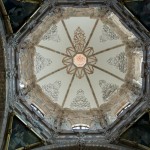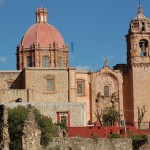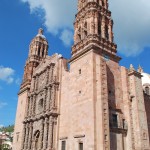Written by Soudip
July 23rd 2015Other Places
You Are Here
Home > Mexico > Monuments of Tlacotalpan Historical Facts and PicturesCamino Real de Tierra Adentro Historical Facts and Pictures
The Camino Real de Tierra Adentro, also called “The Royal Inland Road,” is a 2600 km long trade route that connects Mexico City to New Mexico. For around 300 years, during the 16th-19th centuries, this historic trail was extensively used for transporting mercury that was imported from Europe, and silver mined from San Luis Potosi, Guanajuato, and Zacatecas. In 2010, several places along the trail that fall within Mexican territory were recognized by UNESCO as World Heritage Sites.
History
The native tribes used parts of the trail for trade since its earliest beginnings. During the Spanish colonial period, the conquistador Juan de Onate followed the route and led some settlers North in 1598. The trip from Rio Grande Valley to San Juan Pueblo, covered by foot and by wagon, took around six months including a few weeks of rest. The trail not only improved trade among the villages but also helped the conquistadors and evangelists spread Christianity. The route was actively used during 1598-1881 when the necessity for wagons was replaced by the railroad. The wagon ruts are visible even today at many places along the path.
Important Landmarks along the Trail
Templo de San Cayetano
This 18th-century church in Guanajuato, Mexico is one of the several churches constructed at the entryway of a silver mine. The church is known for its main altarpieces that are covered in gold.
Zacatecas Cathedral
This cathedral, consecrated to Our Lady of the Assumption, is the main temple of the Roman Catholic Diocese of Zacatecas. Two cathedrals (the first one was set up in 1568 and the second in 1625) existed prior to the establishment of the current building.
Puente del Diablo en Navacoyan
Located in Durango, Mexico this 18th-century bridge has been included in the list of World Heritage Sites lying along El Camino Real trail.
San Miguel de Socorro
The San Miguel Cathedral church in New Mexico was constructed in the 1620s when the mission site Socorro was established along the trail by the Spanish conquerors.
- Camino Real de Tierra Adentro Map
- Camino Real de Tierra Adentro
- Fort Selden
- Puente del Diablo en Navacoyan
- San Miguel de Socorro Inside
- San Miguel de Socorro
- Templo de San Cayetano Entrance
- Templo de San Cayetano Inside
- Templo de San Cayetano Interior Dome
- Templo de San Cayetano
- Zacatecas Cathedral
Fort Selden
This 19th-century garrison was built near Las Cruces in New Mexico to protect the traders who traveled through the Mesilla Valley along the Camino Real trail.
Category
MexicoWritten by Soudip
July 23rd 2015









